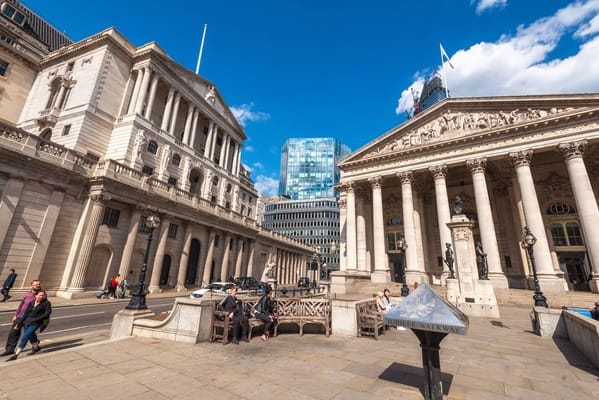UK inflation has fallen surprisingly to 2.6% for March, virtually guaranteeing that Bank of England cutting interest rates when they next meet.
The Bank of England have shown their caution in recent months and will be aware that inflation still remains above its 2% target and will not rush into any decisions that risk sparking climbing inflation, however, with the UK economy flatlining now is the time for them to act and cut rates.
Despite this drop, we anticipate a rise in the cost of living over the coming months driven by a combination of regulated and core price increases.
Regulated increases are one-off price increases, with rises in water and energy bills from April an example of this.
Core increases reflect more structural issues in the economy — strong wage growth and tight labour market conditions will ensure continued pressures on consumer prices, while the impact of higher tariffs and the potential for a global trade war could drive prices even higher.
Concerns over a slowdown in the global economy are evident in the fall in oil prices in recent weeks from decreased consumer demand. Lower oil prices will result in lower petrol prices at the pumps in due course, but these may be offset by higher prices for imported goods if a full-blown trade war takes off.
The Bank of England finds itself between a rock and a hard place. Squeezing inflation back to 2% is a difficult target in the immediate short-term — forecasts made before Trump’s tariff onslaught did not expect 2% to be hit until sometime next year, and the threat of full-on trade war makes even this an optimistic target — but they must be cautious not to let inflation soar too high.
At the same time, despite surprising growth of 0.5% in February, the UK economy remains sluggish and in dire need of a boost. The Bank will be hoping to reignite the economy without sparking an even greater rise in inflation, but they will have to tread this tightrope very carefully.

